| Editor's note: Just a few years ago, electric motorbikes and cars were still a new concept in Vietnam. However, up to now, electric vehicles have gradually covered all major cities and are penetrating into daily life. The pioneering of some domestic enterprises, especially VinFast , has contributed to laying the foundation for this trend, turning electric vehicles from an experimental choice into a familiar means of transport for many people. This is not an easy journey, as gasoline vehicles have been associated with Vietnamese society for decades. However, with environmental pressure, gasoline prices and government support policies, switching to electric vehicles is becoming an inevitable trend. |
The 'big guys' are getting ready
Just a few days after the draft "Project to Convert Two-Wheel Vehicles from Gasoline to Electric for Technology Drivers and Delivery Drivers in Ho Chi Minh City" was widely announced, a representative of Honda Vietnam contacted the Ho Chi Minh City Institute for Development Studies (HIDS) - the unit that developed the project, to learn about the roadmap for electrifying two-wheel vehicles in the city.
Based on the information obtained, Honda will make decisions related to the production of two-wheeled vehicles in the future. The car company also has a move to refer to the market by letting customers rent electric vehicles for experience at a price of 1.47 million VND/month. The company's goal is to move to mass production and sale of electric vehicles.
Not only Honda, another "big guy" from Japan, Yamaha, will also soon launch the Yamaha NEO's model in the Vietnamese market from the end of 2022. Yamaha chose Vietnam as the first country in Asia to introduce the model, showing the company's special interest in this potential market.

In Ho Chi Minh City, a survey by VietNamNet shows that there are quite a variety of electric motorbike models on the market. A consultant at a store on Vo Thi Sau Street (Ho Chi Minh City) said that with a cost of only 18-25 million VND, consumers can own an electric motorbike here.
“The above price does not include the cost of making a license plate of 3 million VND,” said the employee. Customers have two options when buying an electric motorbike: a vehicle using a battery or a lithium battery. Of which, batteries are often used in popular electric motorbikes. On the contrary, batteries are often used in more advanced electric motorbikes.
In fact, the two-wheeled electric vehicle market has been budding since 2013, with the appearance of Chinese manufacturers such as Yadea and Dibao.
Before VinFast officially entered the market in late 2018 with the Klara model, electric two-wheelers in Vietnam were mainly small capacity vehicles with low maximum speed, and did not require a driver's license to operate. During this period, the market size of electric two-wheelers was almost insignificant compared to gasoline vehicles.

Since 2019, the trend of electrifying means of transport has created a premise for the development of domestic electric two-wheeled vehicles.
As early as 2020, according to statistics from the International Council on Green Transportation, VinFast has risen to the top of the market with a 43.4% market share, far surpassing the next domestic manufacturer, Pega, with a 15.7% market share. The next positions belong to Dibao (Taiwan, China - 11.8%), Yadea (China - 8.6%) and Anbico (Vietnam - 8.3%), data from HIDS.
Thus, the electric motorbike market has soon had competition between domestic and foreign enterprises. The State's policies aim to encourage the production and consumption of electric vehicles. The trend of electrifying transportation in Vietnam has helped the group of electric vehicle manufacturing enterprises to benefit together.
Factors determining market share
According to Dr. Nguyen Son, Lecturer in Supply Chain Management and Logistics, RMIT University Vietnam, VinFast's successes in the electric vehicle market are likely to create a significant positive impact on both domestic and foreign investors, providing opportunities for larger investment funds to participate in Vietnam's growing electric vehicle industry.
He believes that the success of electric vehicles in Vietnam could spur increased investment in research and development, potentially attracting venture capital funds focused on related technology areas, such as smart car systems and advanced battery technology. Further, there will be opportunities to invest in ecosystem services, such as support, maintenance, battery swaps and electric vehicle fleet management.
Currently, the two main electric motorbike product lines on the market come from domestic brand VinFast and Chinese electric vehicle companies.
Speaking to VietNamNet, Mr. Nguyen Ngoc Bao, a member of the 13th National Assembly and former Standing Member of the National Assembly's Economic Committee, said that VinFast has an advantage thanks to its sales policy and the coverage of its charging station system. On the other hand, consumer confidence will also make Chinese electric vehicle brands need more time to be able to take a larger piece of the market.
“VinFast is temporarily at an advantage. However, Vietnam’s economy is very open and the market is always competitive. With the current policy of ‘greening’ vehicles, the electric motorbike market is also attracting many foreign businesses such as Honda and Yamaha with great potential,” he said.
In response to opinions that the policy of electrifying vehicles is helping certain businesses like Vinfast benefit, Mr. Bao affirmed that this is a wrong thought.
According to him, the National Assembly had mentioned banning polluting two-wheeled vehicles in big cities about 20 years ago. However, at that time, there were many reasons why the policy could not be implemented, such as economic conditions not allowing it, and underdeveloped electricity infrastructure. Meanwhile, Vinfast has only appeared in the past few years.
Currently, the average income per capita in Vietnam is about 5,000 USD, while at that time it was only 500-700 USD. Therefore, people do not have enough financial capacity to convert.
The current economic context is completely different. Moreover, when integrating with the global economy, Vietnam must make commitments to the world on reducing emissions. Those commitments must be followed. Therefore, electrifying transport is a necessary step, there is no second option.
“The ultimate goal of the policy is to target people. No business can cover a market of nearly 100 million people alone. If an electric motorbike product does not meet market demand, no one will want to spend money to buy it. Price, quality, and appearance are the three factors that determine consumer spending,” he analyzed.
According to new data released by global motorcycle data site - MotorCycles Data, in the first 6 months of 2025, total sales of two-wheeled motorcycles in Vietnam reached 1.6 million vehicles, an increase of 19% over the same period last year. Among the motorcycle manufacturers and businesses in Vietnam, Honda and Yamaha both saw growth in sales, with increases of 6.2% and 20% respectively. Notably, VinFast electric motorbike sales increased by 501%, continuing to lead the rapidly growing electric vehicle segment in Vietnam. Following behind is the Yadea brand (China) which also achieved a growth rate of 37.5%, followed by Dibao, Pega and many other brands. |

Source: https://vietnamnet.vn/chuyen-xe-xang-sang-xe-may-dien-ai-huong-loi-2428452.html





![[Photo] Binh Trieu 1 Bridge has been completed, raised by 1.1m, and will open to traffic at the end of November.](https://vphoto.vietnam.vn/thumb/1200x675/vietnam/resource/IMAGE/2025/10/2/a6549e2a3b5848a1ba76a1ded6141fae)


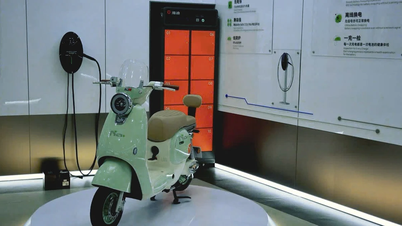

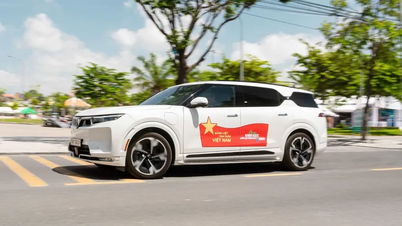

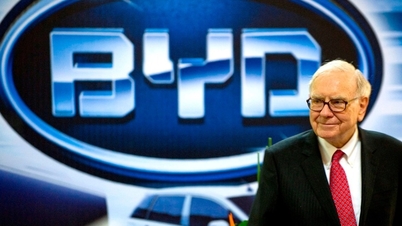



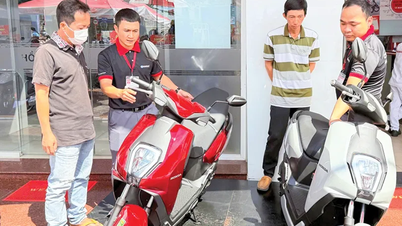



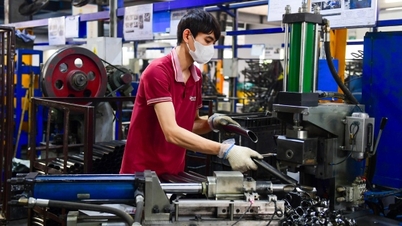

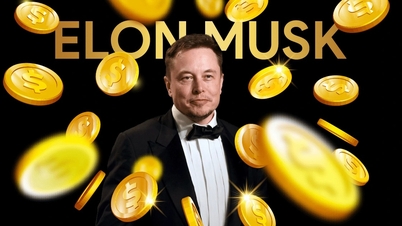


























































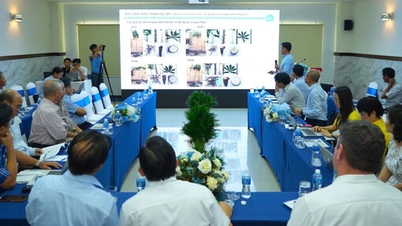

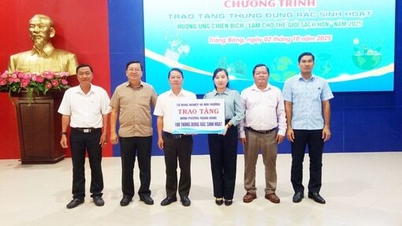



















Comment (0)